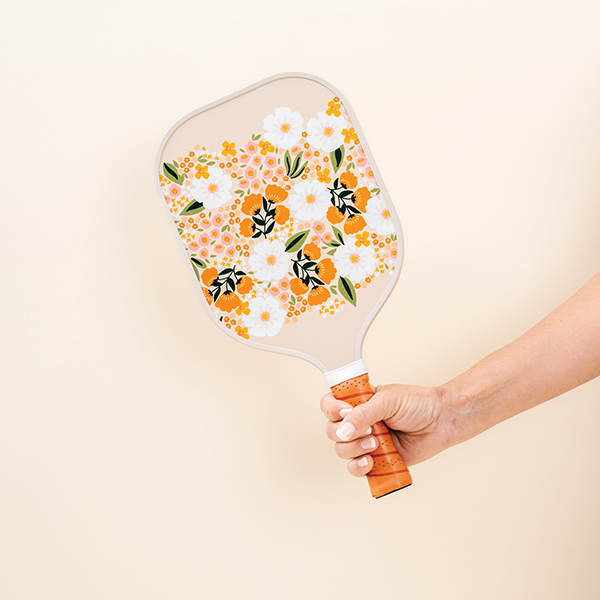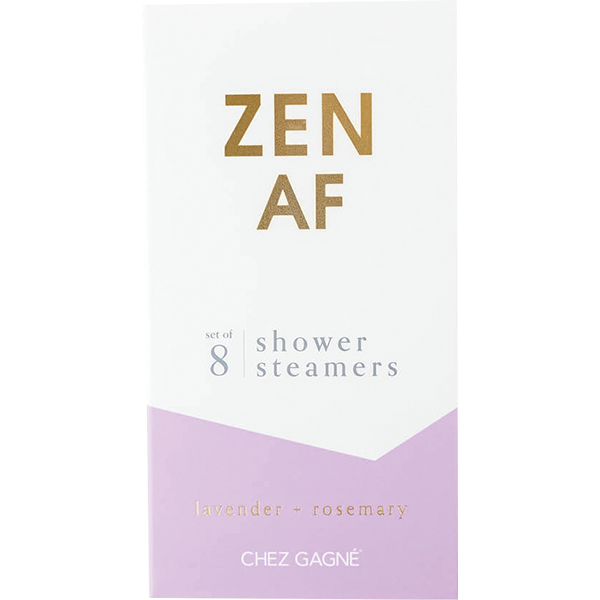The Price is Right
Most of your customers have price ranges within which they are willing to spend, with the most affluent customers having much wider ranges than others. It is in the realm of variable affordability—how much that particular item is worth to me—where emotion plays out for customers, because emotion can drive someone to spend more than they would prefer to spend, to buy something wonderful. Emotion can also drive people to make purchases they otherwise don’t need, simply because the price is so outrageously low.
Because markdowns and discounts work so well in motivating shoppers to purchase, they are the emotional hot buttons that retailers push most often. At the same time, because they are so frequently and indiscriminately used, they have trained many shoppers not to buy anything at full price, but instead to wait until an item goes on sale.
The “how low can you go” strategy is one that usually doesn’t work for retailers like you—those who don’t have the ability to buy huge volumes of product and gain pricing advantage. Here are some key elements to remember when pricing products to sell at your store.
Emphasize the experience
Shopping provides pleasure before, during and after the experience—when the shopper takes the purchases home. For retailers, playing to consumers’ passions is all about adding value to the shopping experience. It is about positioning your store and the merchandise you carry so that it is more special. It is about promising to deliver a better experience to the shopper, both in the things that you sell and the way that you sell them.
You don’t have to pursue a luxury pricing strategy, selling only the most expensive products. The key is playing to consumers’ passions for luxury at fair and reasonable prices. You want to sell things that are distinctive and special in a way that is special and distinctive. Adding tasteful displays, hosting exclusive events and selling the stories behind the products all add to the shopping experience.
It’s the meaning, not the money
For shoppers, finding a bargain is one of the most powerful emotional motivators of all. If, however, you are positioned on the luxury side of retail, your focus must be on giving more to the shopper, adding more value rather than simply cutting price. Luxury retailing is about offering products that have added value, more meaning and more wonderfulness, while charging a fair and reasonable price—not necessarily cheap, but not exorbitant.
In this luxury approach to pricing, you should understand the price ranges that exist in the marketplace for comparable goods. In cosmetics, for example, the low range for lipstick might be less than $7; the medium range from $7 to $15; and the high range more than $15. A good approach would be to offer products that have all the attributes of the high-priced brands, priced from $20 to $25, but to offer them for the $15 to $17 price range.
Effective pricing requires you to be very aware of the pricing dynamics in your area. New York City shoppers have a totally different perception of prices than St. Louis shoppers, for example. The key is to know your local markets and what shoppers expect to pay for quality, then to charge them somewhat less.
Educate!
To be successful, you should not only play up the value side of the equation but also educate customers about how much more value your products offer. Your typical shopper is not as well-educated about your products as are you, the retailer. She may have done some research, but usually you know more. Communicate all the many aspects of value to the customer so that she can fairly and effectively judge the product on her own terms. Sherry Keefe, of Damsels in This Dress in Worthington, OH, educates her customers about the quality of the store’s products. Keefe attracts customers—women who value fashion and style, and who can afford to pay her prices. Her customers know it’s all about quality of fabric, quality of design, and quality of fit and sizing.
Go shopping
There is no question that attending a buyers’ show with thousands and thousands of vendors’ products on display is a daunting prospect, but the good show shoppers, who really work aggressively to see it all and make careful selections, have a distinct advantage. They can hone in on super-value products that they can retail in their stores at excellent prices. In other words, good shopping on your part means good shopping for your customers.
Retailing is a people business, and the more you know about the people who shop in your store, what they value, what they want; the better able you are to find the products they want, at the prices they are willing to spend.
Retailer Aimee Smith, of 5 Wacky Women in Cockeysville and Baltimore, MD, says she prices her items by multiplying wholesale cost by 2.2. She says her customers are not conditioned to expect too many markdowns through the year. Instead, the stores host one sidewalk sale in the spring and one holiday kickoff celebration before the winter holidays.
When things don’t sell well, Smith moves products to different locations or cross-merchandises them with items that give new identity to the goods. “Make it a focal point at the front door or at the register area,” Smith advises.
Smith has learned to play up the “experience” equation of her stores. “The store’s philosophy is to hear laughter and chuckles while people walk through—we want them to enjoy being in the store,” Smith says. By all indications, it is working. Recently, a customer told Smith she loves to shop at 5 Wacky Women because it is her “happy place.”
Retailer Laura Theodoros of Love, Laura Gifts, an online and home-based business in New York City, says her business’s primary emphasis is on customer service. Instead of a blind focus on price, it is this value proposition that the business promotes. “We get to know our customers, their tastes, and of course what they feel comfortable spending,” Theodoros says.
Browse your store and find seven regularly priced products (nothing on sale) that offer your customers great value at a good price. Take each product and review it. Write down what you think the product would retail for in a department store. What is the price difference? How did you find this high-value/less costly product? What are you doing to bring each product’s high value to the attention of the customer?
Browse your store and find three products that you consider high-priced luxuries. What makes these products more expensive than other things that you carry? What special features add value to the product and make it cost more? How do you tell customers about these valuable features? Take each product and tell the story of why it costs more, and why it’s worth it.
Think about the next tradeshow coming up. How can you find really great products that you can sell for less money than they appear to be worth? What vendors offer great products at reasonable prices? How can you find new vendors that have great price/high-value products? Plan on spending half a day more at the show than you usually would to hunt for these vendors.






















